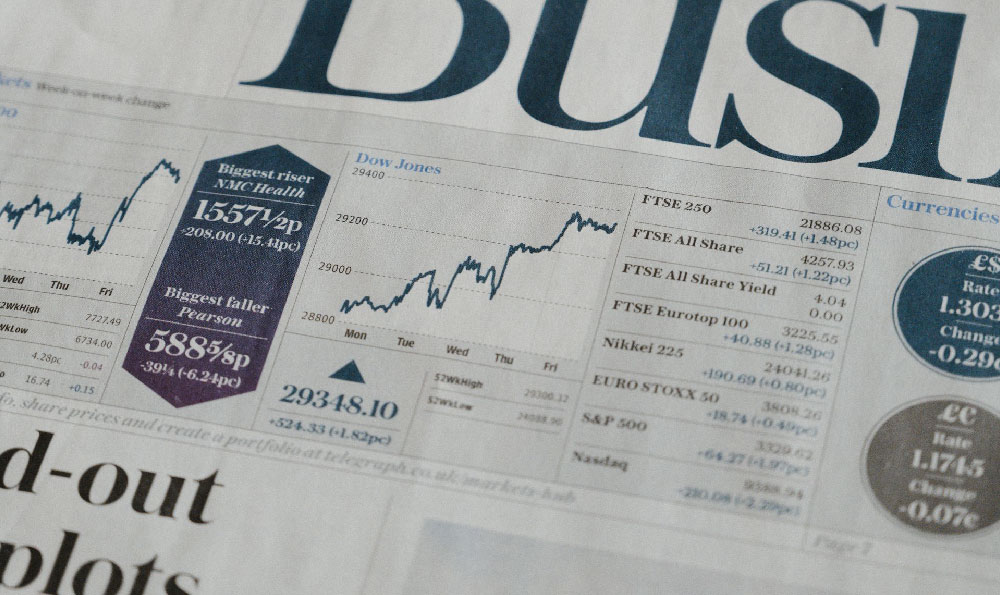
Options trading, a realm often shrouded in mystique and perceived as a high-stakes gamble, frequently sparks the question: is it genuinely possible to make money consistently? The short answer is yes, but with significant caveats. While options trading offers the potential for substantial returns, it also carries considerable risk, demanding a thorough understanding of the underlying mechanics, strategic implementation, and disciplined risk management.
The appeal of options lies in their leverage. An options contract grants the buyer the right, but not the obligation, to buy (in the case of a call option) or sell (in the case of a put option) an underlying asset at a predetermined price (the strike price) on or before a specific date (the expiration date). This allows traders to control a large number of shares with a relatively small amount of capital, magnifying both potential profits and losses. Imagine controlling 100 shares of a stock with just one options contract, costing a fraction of the share price. This inherent leverage is the main draw for many, promising outsized gains compared to traditional stock ownership.
However, this leverage is a double-edged sword. If the market moves favorably, the option's value can increase exponentially, leading to substantial profits. Conversely, if the market moves against the trader, the option can rapidly lose value and even expire worthless, resulting in a complete loss of the initial investment. This "all-or-nothing" characteristic is a major reason why options trading is often viewed as risky.

Profitability in options trading isn't merely about luck or picking the right direction of the market. It hinges on a deep understanding of several key factors. First, understanding the "Greeks" is crucial. Delta, Gamma, Theta, Vega, and Rho represent the sensitivity of an option's price to changes in various market factors. Delta measures the option's price sensitivity to changes in the underlying asset's price. Gamma measures the rate of change of Delta. Theta measures the time decay of the option's value as it approaches expiration. Vega measures the option's price sensitivity to changes in implied volatility. And Rho measures the option's price sensitivity to changes in interest rates. Ignoring these Greeks is like navigating a ship without a compass; you're unlikely to reach your desired destination.
Second, selecting the right options strategy is paramount. There's a wide array of strategies available, each tailored to different market conditions and risk tolerances. Simple strategies include buying calls or puts, betting on the directional movement of the underlying asset. More complex strategies, such as covered calls, straddles, strangles, and iron condors, involve combining multiple options contracts to manage risk and generate income. For instance, a covered call strategy, where you sell a call option on stock you already own, can generate income but caps your potential upside. A strangle, on the other hand, profits from significant price movements in either direction but exposes you to substantial losses if the price remains stagnant. Choosing the appropriate strategy requires a careful assessment of your market outlook and risk appetite.
Third, disciplined risk management is non-negotiable. This includes setting stop-loss orders to limit potential losses, carefully calculating position sizes based on your risk tolerance, and avoiding over-leveraging your account. It's tempting to chase quick profits, but consistently successful options traders prioritize capital preservation above all else. A common mistake is to allocate too much capital to a single trade, leaving little room for error. Diversifying your positions and spreading your risk across multiple trades can help mitigate the impact of any single losing trade.
Beyond these core elements, understanding market dynamics, economic indicators, and company-specific news is essential for making informed trading decisions. Options prices are influenced by a multitude of factors, including earnings announcements, economic data releases, and geopolitical events. Staying informed and adapting your strategy to changing market conditions is crucial for long-term success.
Furthermore, emotional control is vital. Options trading can be emotionally taxing, especially during volatile market periods. Fear and greed can lead to impulsive decisions that erode profits. Developing a trading plan and sticking to it, regardless of market fluctuations, is key to maintaining objectivity and avoiding costly mistakes. Many successful traders keep a trading journal to track their performance, analyze their decisions, and identify patterns that lead to both profits and losses.
The perception of options trading as pure gambling often stems from a lack of understanding and a reliance on speculation rather than analysis. While there's always an element of uncertainty involved in any investment, options trading, when approached strategically and with discipline, can be a legitimate and profitable way to generate income and manage risk. It’s not a get-rich-quick scheme, but a sophisticated financial tool that requires dedication, education, and consistent effort.
In conclusion, making money with options trading is indeed possible, but it's not easy. It demands a significant investment of time and effort to acquire the necessary knowledge, develop a sound trading strategy, and implement disciplined risk management. Those who treat options trading as a serious endeavor, rather than a casual gamble, have a much higher chance of success. Remember that continuous learning and adaptation are essential for navigating the ever-changing world of financial markets. Before venturing into options trading, it's wise to seek guidance from experienced traders or financial advisors and to practice with a simulated trading account to gain experience and refine your skills without risking real capital. The journey to profitable options trading is a marathon, not a sprint.





